Continuity of education in the absence of technology
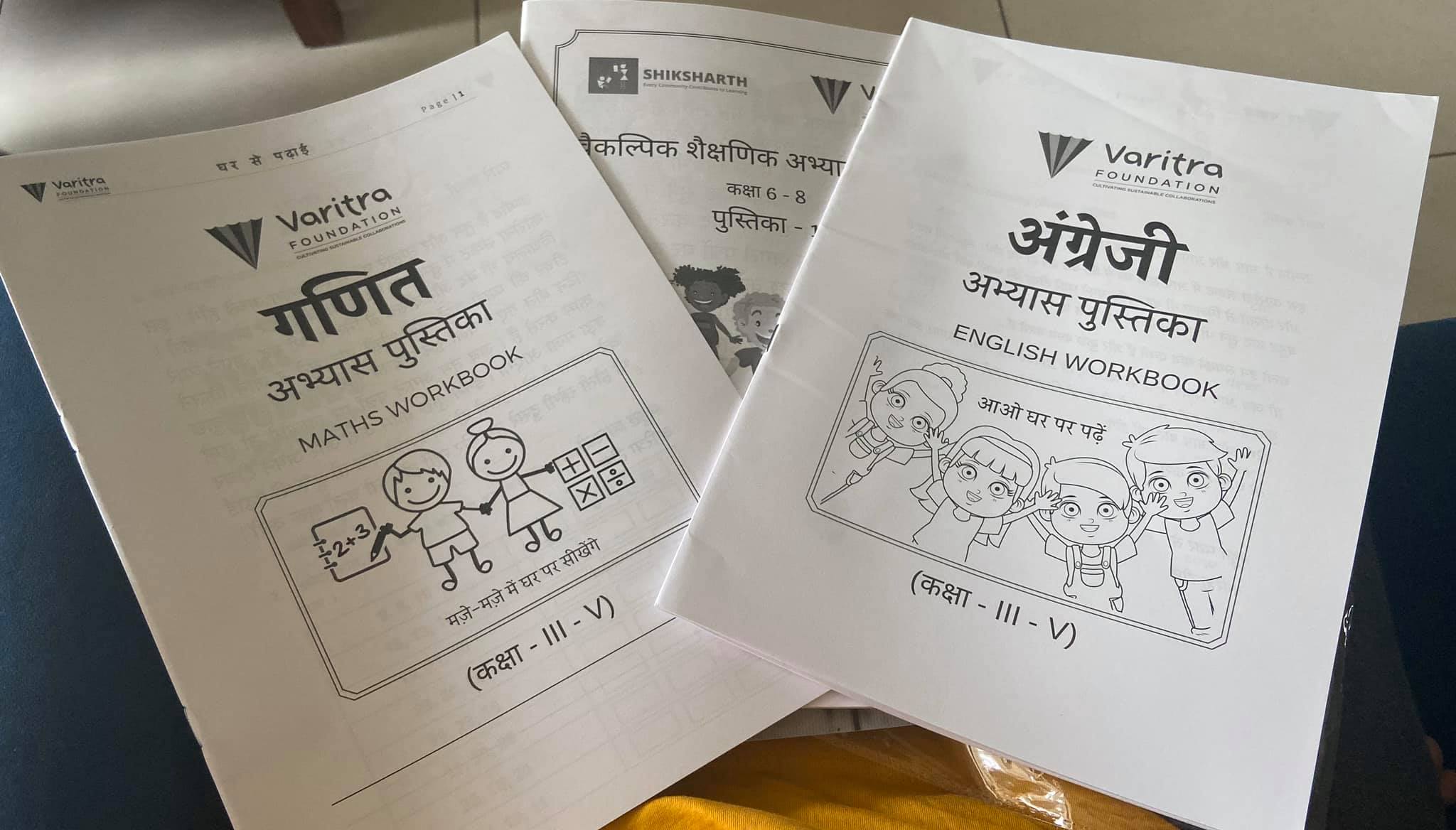
“I understand that it’s hard for everyone, but one cannot give in to emotions… we’ll have to draw lessons from the current crisis and now we’ll have to work on overcoming it.”
— Boris Yeltsin
It is well-known that COVID-19 has wreaked havoc across economies globally. To combat the crisis and fuel the engines of the economy, traditional methods have been dumped to adopt technological solutions. While the world is shifting to digital means during the present pandemic, there are many communities and geographies who have no access to mobile signal, internet or even digital devices. The challenges become multi-fold in the field of education.
The children from communities and geographies without technology support are at an extreme disadvantage as they lose out on the classes, training, and learning that are accessible to their more resourceful peers. In these families with dwindling income, the children work with their families to help them out to earn a living. Due to their furthering distance from education, it is feared they will not return to the schools and eventually drop out. All the efforts of the civil society organizations to reduce dropout rates, bring quality education along with access to education to these children, and narrowing of the education gap go in vain.
On the bright side, this crisis has been considered to be an opportunity to reverse the anticipated trend and leverage this time to reimagine education delivery modes and modules. In an earnest attempt to sustain the efforts and ensure continuity in education, social entrepreneurs and civil society organizations are devising offline tools. To maintain social distancing and observe all the precautionary practices, these offline learning tools and educational interventions have been designed in a way that limits physical interaction without abating the education of the children.
Our change leaders have been tirelessly developing such physical methods to ensure continuance in the education of children in areas without digital means. Some of the offline interventions are as follows:
- Learning Kits by Shiksharth Trust
Children living in regions that are constantly affected by conflicts, such as Sukma in Chhattisgarh, pandemic multiplies the problems with weak to no network reception or internet. Many households do not even own a mobile device. In such areas, the adoption of EdTech or any form of digital education is futile. To overcome the technological barrier, Shiksharth Trust has created physical learning kits from grade first to ninth, which are worksheets with activities around language, math, and science using contextual illustrations. The aim is to make sure the children retain and revise the course they have already studied, and stay connected to education despite the difficult times.
2. Learning Kits by Samanta Foundation
Due to the COVID-19 incursions in the forest region, the team of Samanta Foundation worked vigorously to assist the community, which is largely illiterate. Since there were frequent visits to disseminate information about the virus and other aids, the organization decided to create learning kits and distribute the same to the children. The idea behind the learning kits were twofold: one, continuity in education; and two, incorporate contextual learning, specific to forests, in the kit. As the children take care of the animals by taking them to forage and water, the organization realized the importance of contextual education for these children and therefore, developed the learning kits accordingly. For instance, the kit included lessons on mosquito and animal-borne diseases and necessary precautions to be taken. The distribution of the kits was carried out through physical visits by the team members, volunteers, community youth, milk delivery vehicles, and other safety mechanisms, while simultaneously observing strict social distancing norms.
3. MicroMakers Lab by Vidhyalay Udhyam
This pandemic poses as the perfect opportunity to engage children in entrepreneurial and problem-solving skills. The growing need for contextual solutions to boost local economies can be amalgamated with the need for a solution-centric approach to education that led to the inception of ‘Micro Makers Labs.’ Participating children create products using the maker labs to solve a problem faced by their community. The children also receive monetary compensation from the sale of their products, thereby helping their families financially while solving problems in their communities.
4. Shiksha Saheli program by Karunodaya Foundation
Shiksha Saheli Project is a collaborative initiative of the education collective in Bihar. These Shiksha Sahelis run community centers for Anganwadi and primary grade kids. It is an attempt to connect the disconnected and ensure learning for the most marginalized and underprivileged children of India. With lockdown restrictions lifted and safety precautions in place, the Sahelis are teaching at community centers and other available places. In one particular village, the community gathers together to clean out a center so two of the Sahelis can have spaces to teach children.
5. Learning kits by Varitra Foundation
More than the concern of children not learning new things, the issue of them forgetting whatever they have learned is bothering the schools and civil society organizations working in furtherance of equitable education. In order to keep the children in touch with education, Varitra Foundation has created learning kits in collaboration with Shiksharth Trust. These learning kits consist of five worksheets, a drawing book, a coloring book, and stationery, including pencils and colors. These worksheets are designed in a way children can independently practice. Volunteers are also facilitating the distribution and completion of the worksheets.
It is indeed true that crisis is an opportunity in disguise, an opportunity to think and do things differently to reap maximum results. Despite the omnipresence of technology, there are many segments of the population that are deprived of it, and the civil society organizations had to reconceive methods to help them, especially in the education sector, which has gone predominantly digital. These contextual solutions, which are adaptable in nature, are the need of the hour. With more collaboration and more experience, newer ideas will be generated to help the children access education and learn holistically.




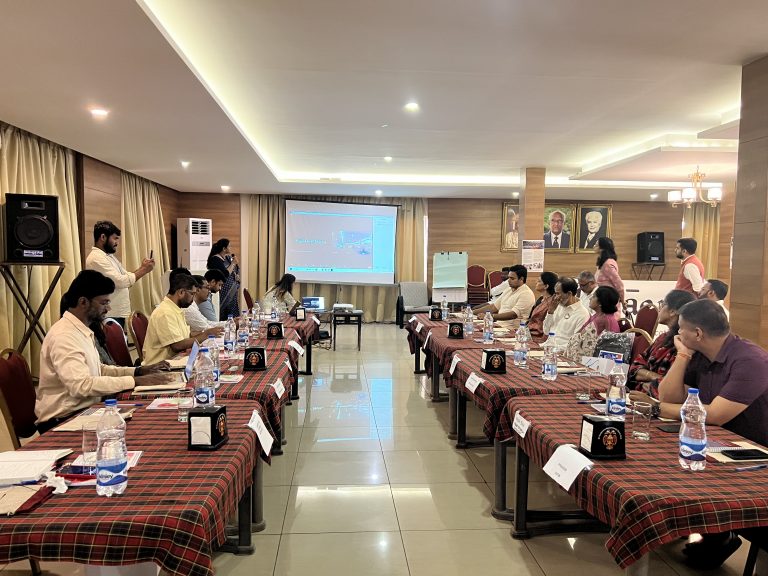
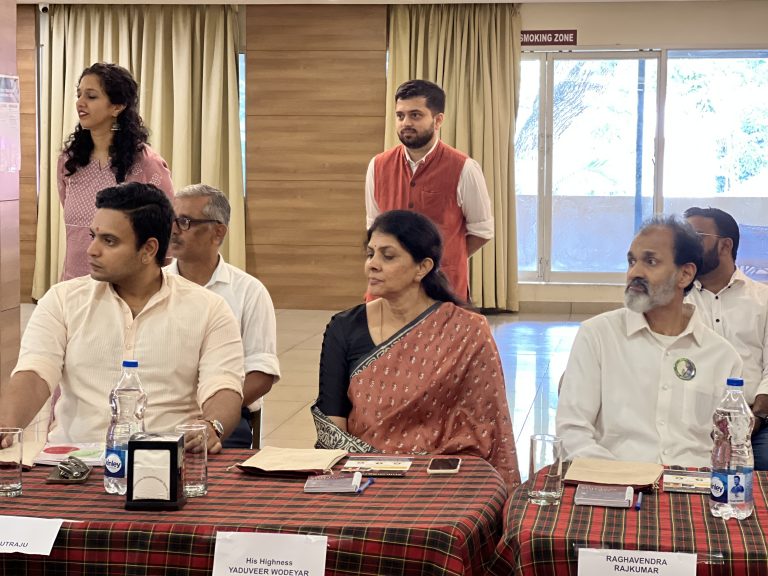
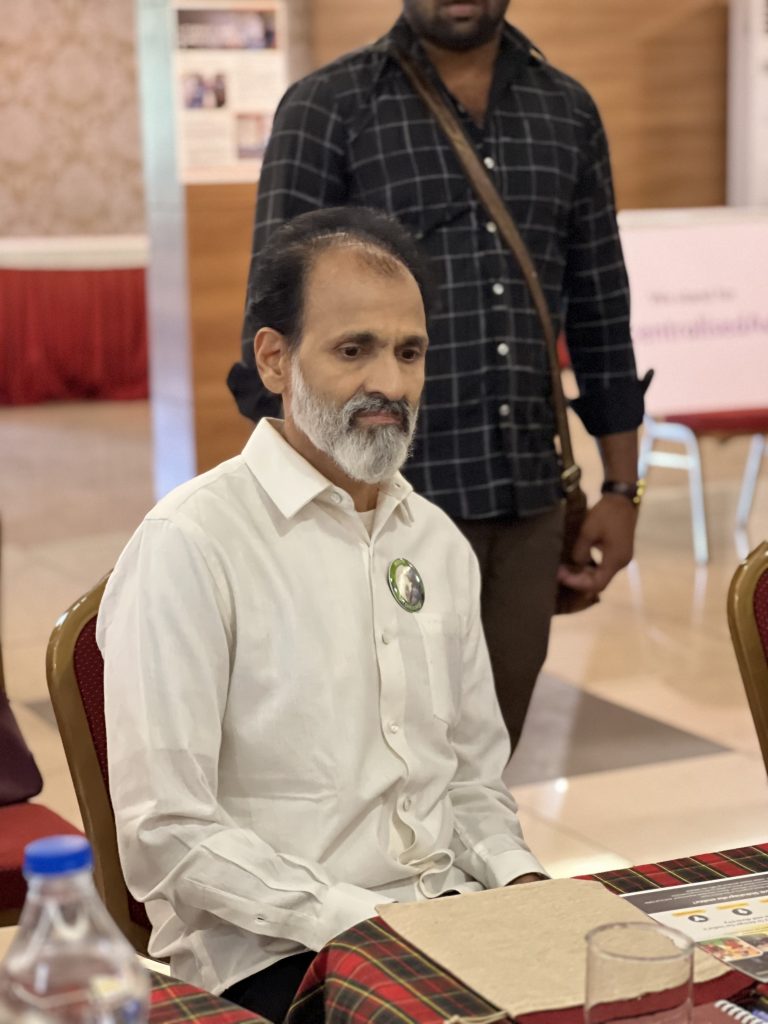
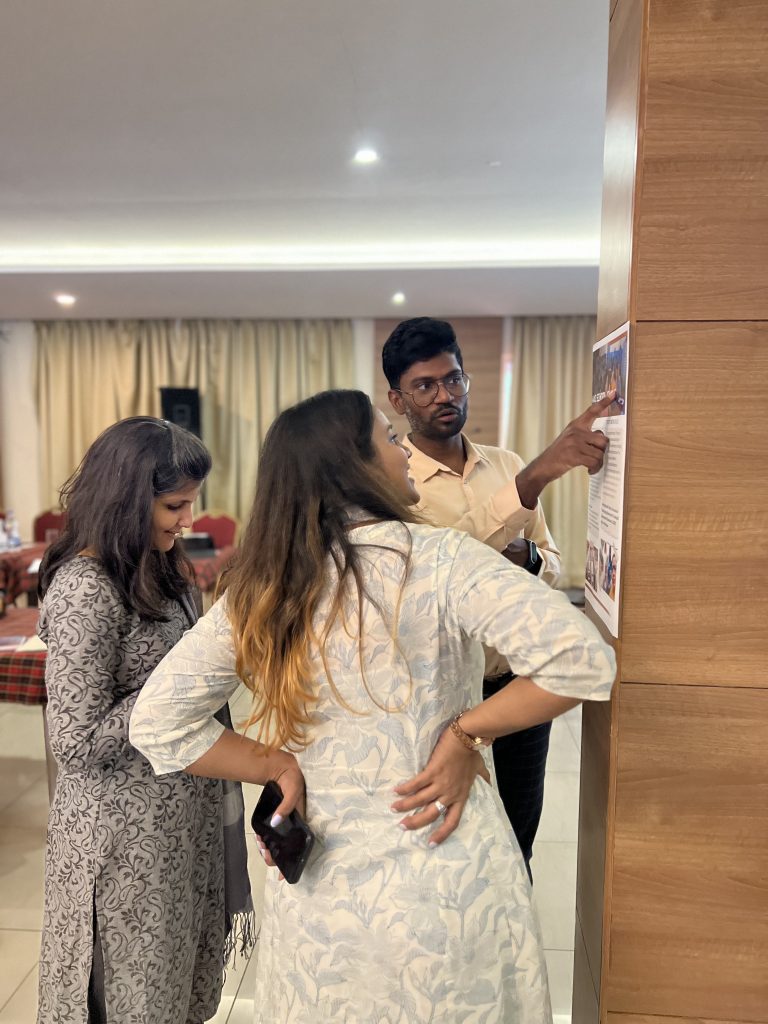
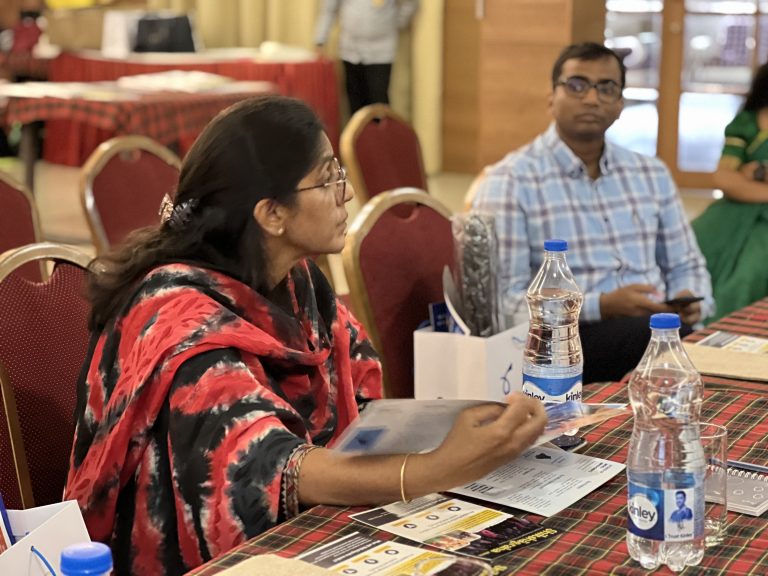

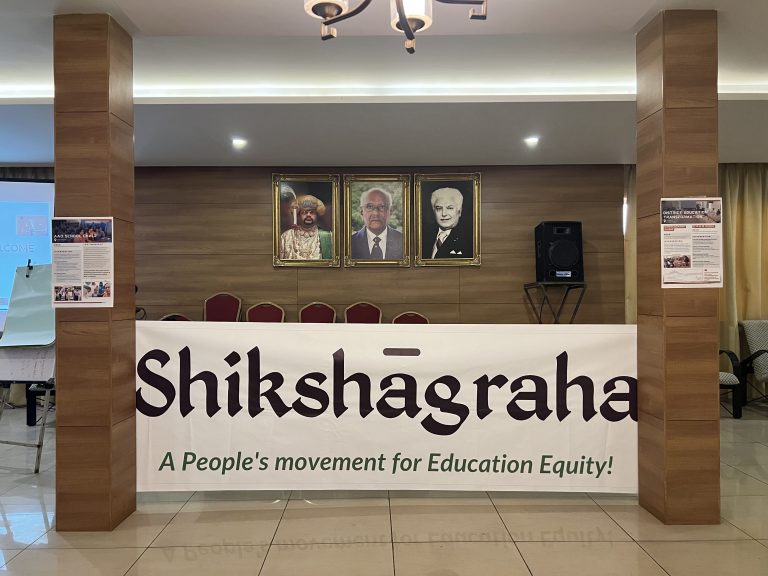
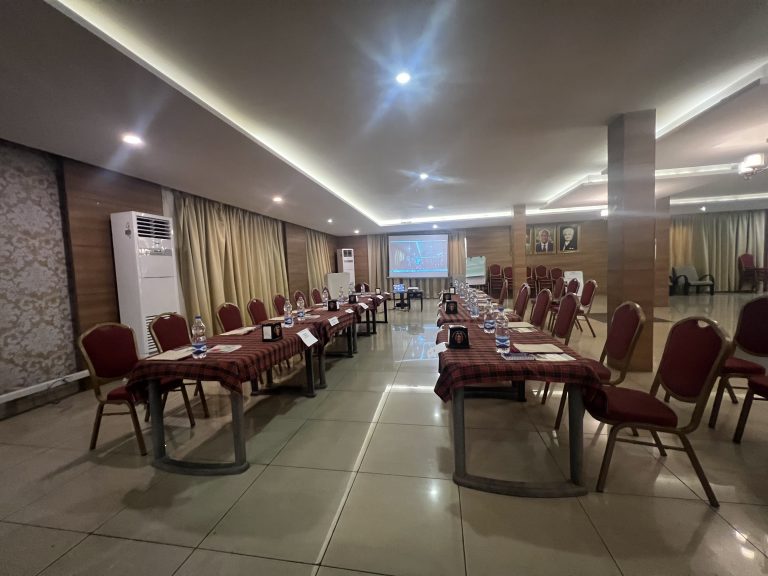
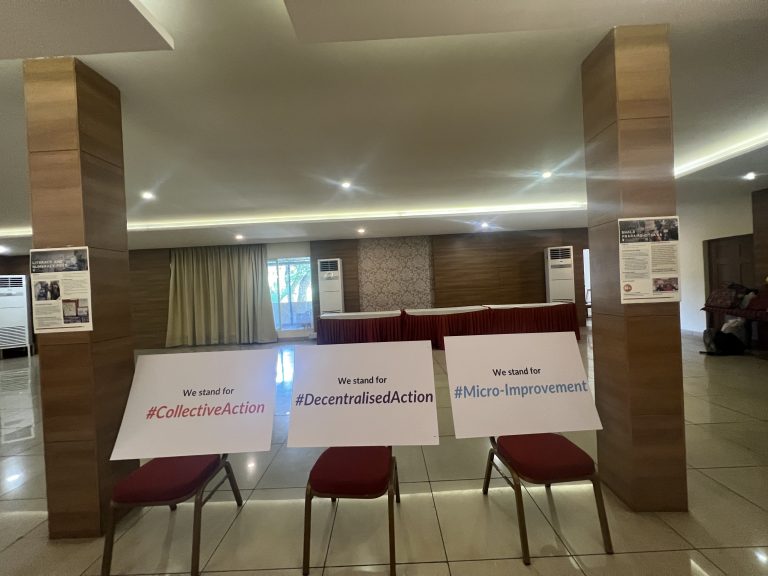
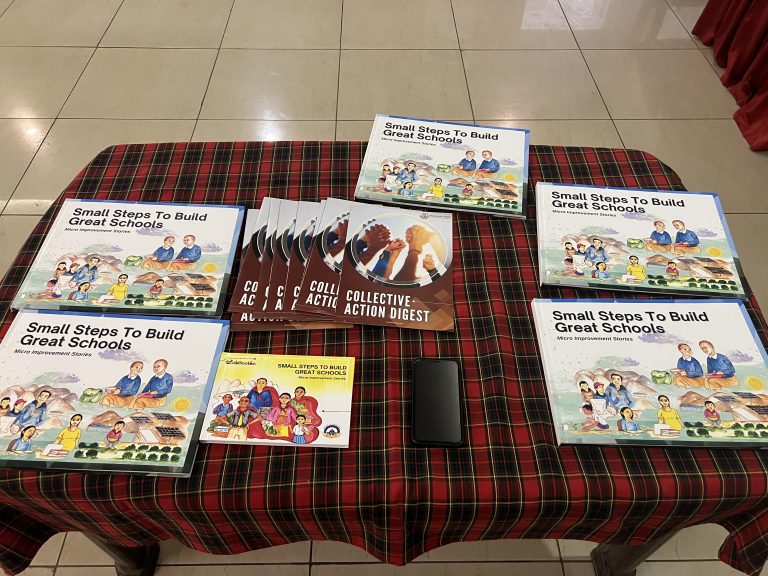


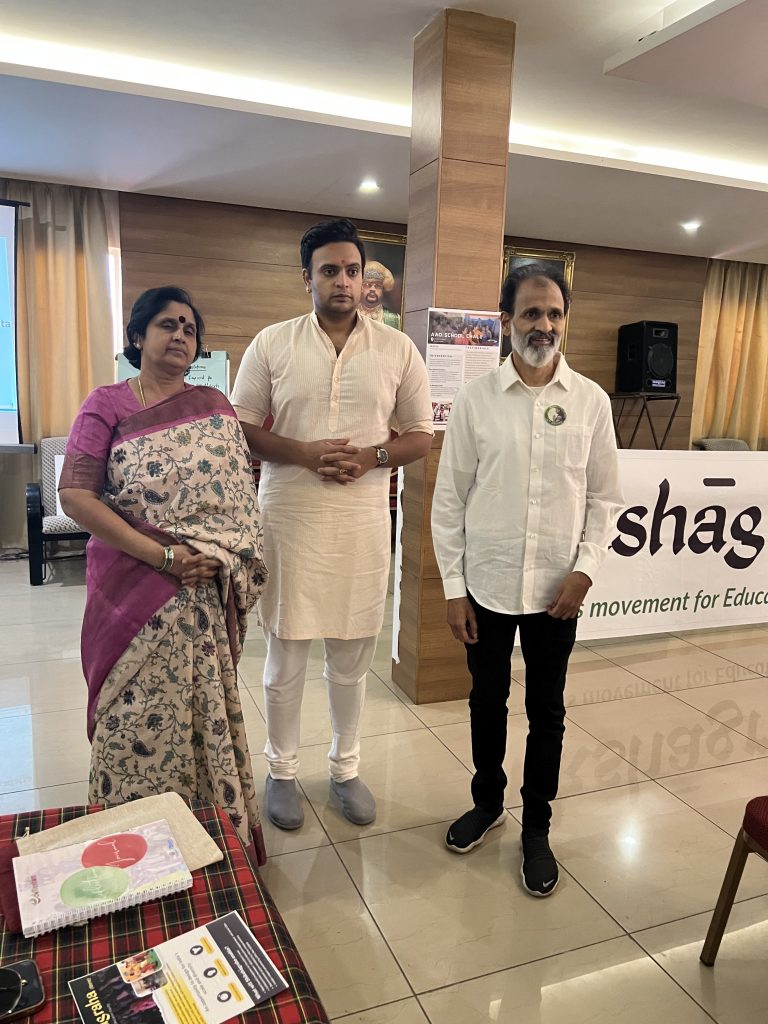

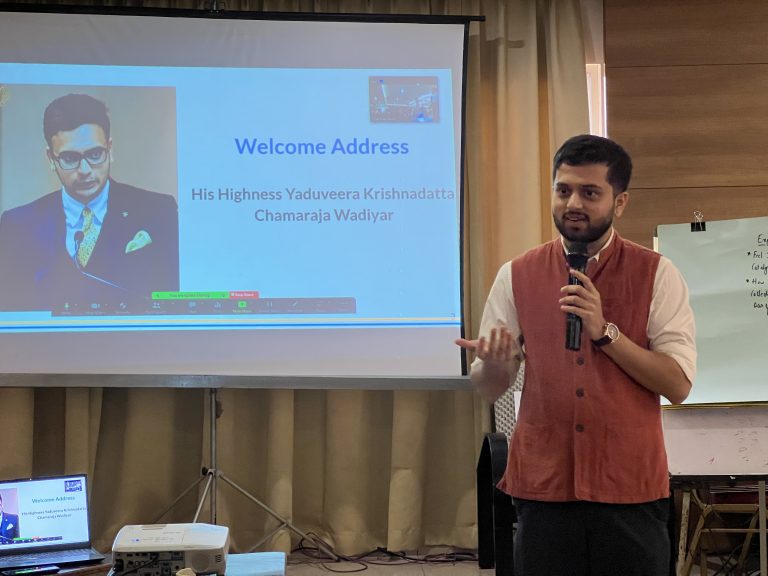
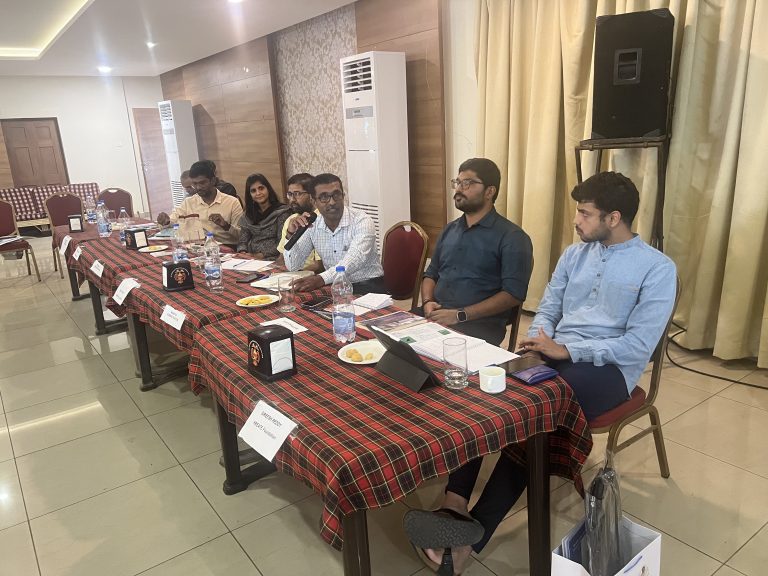
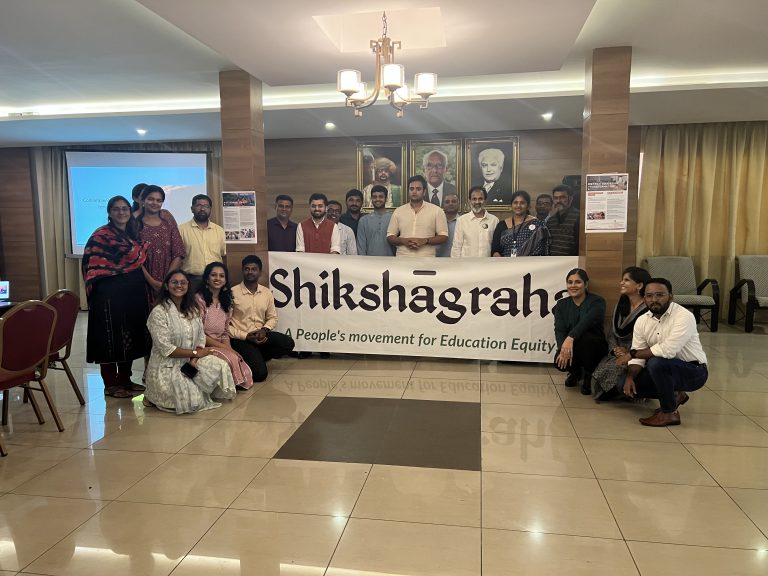


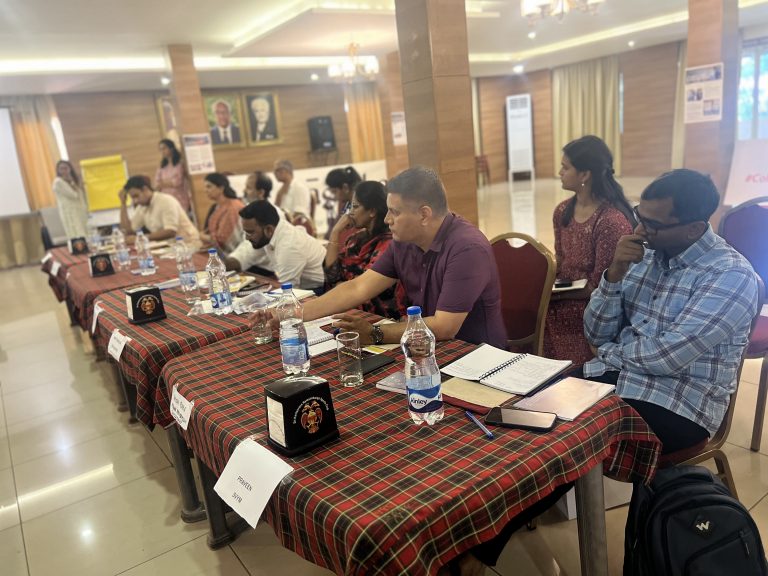
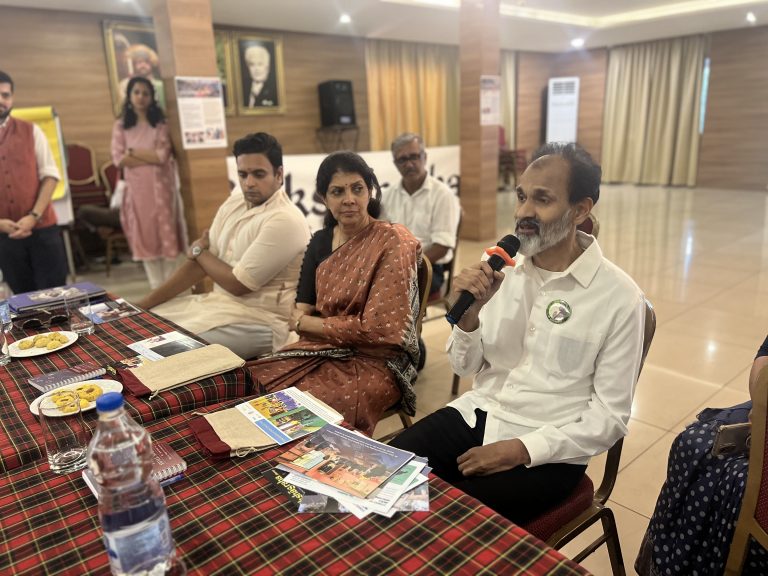
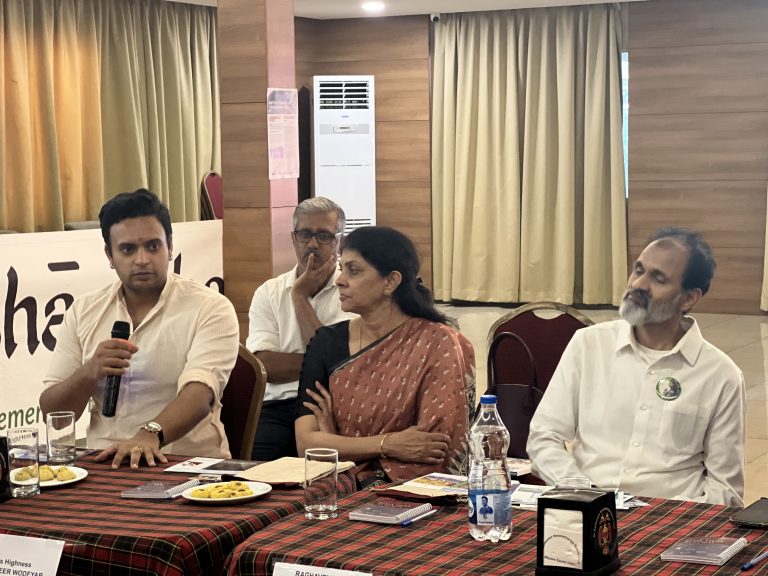
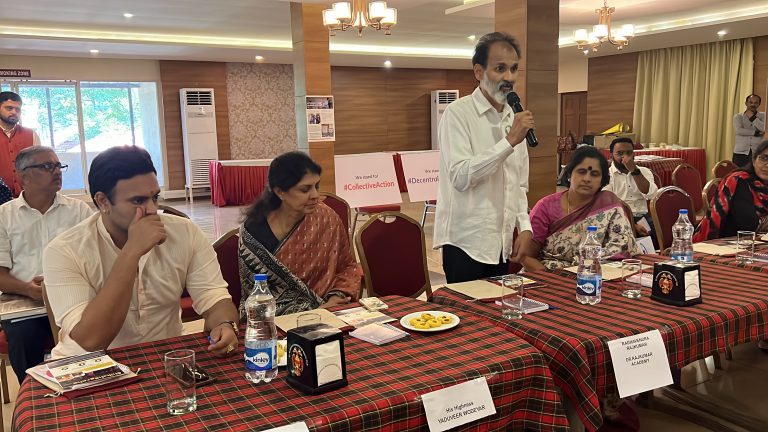
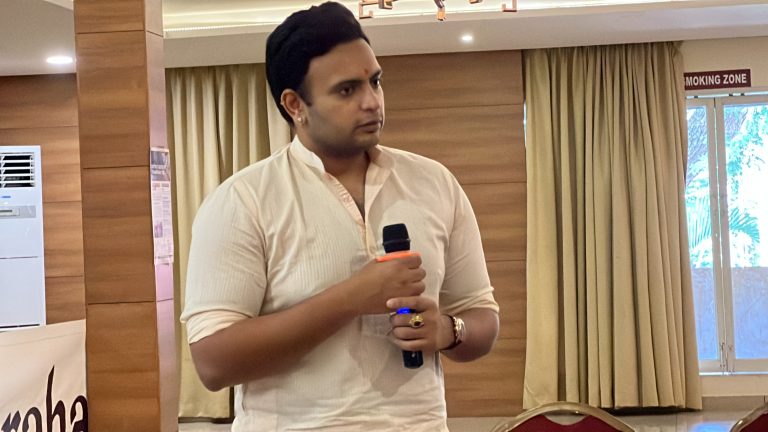
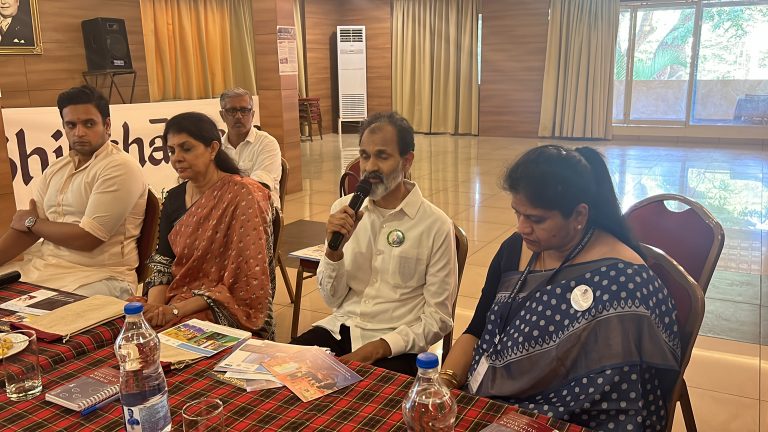
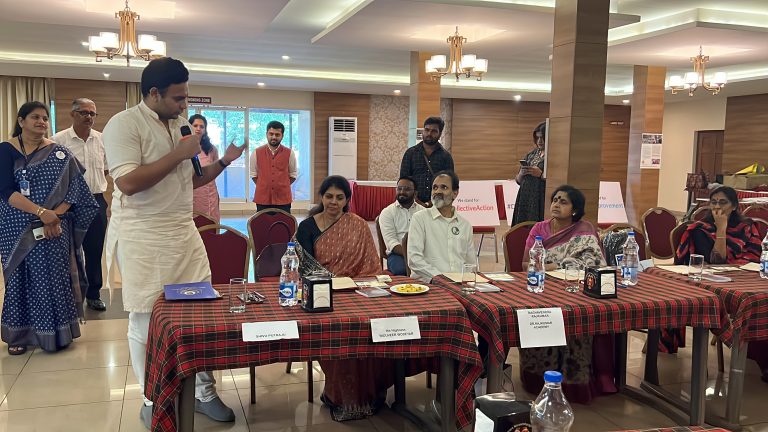
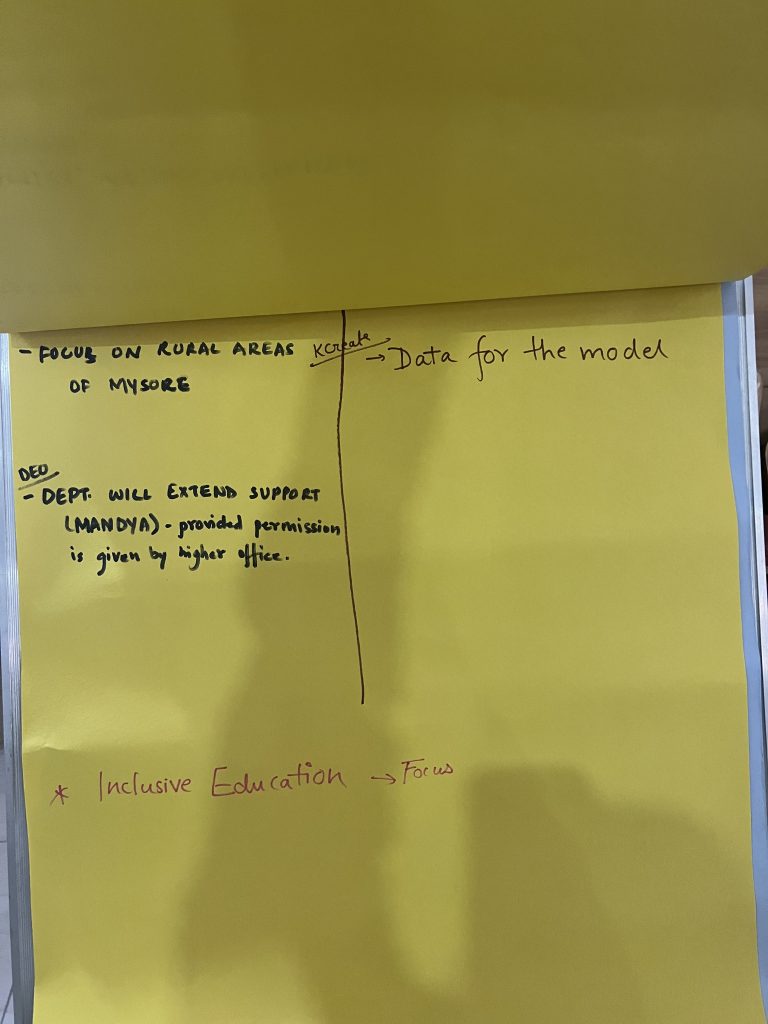
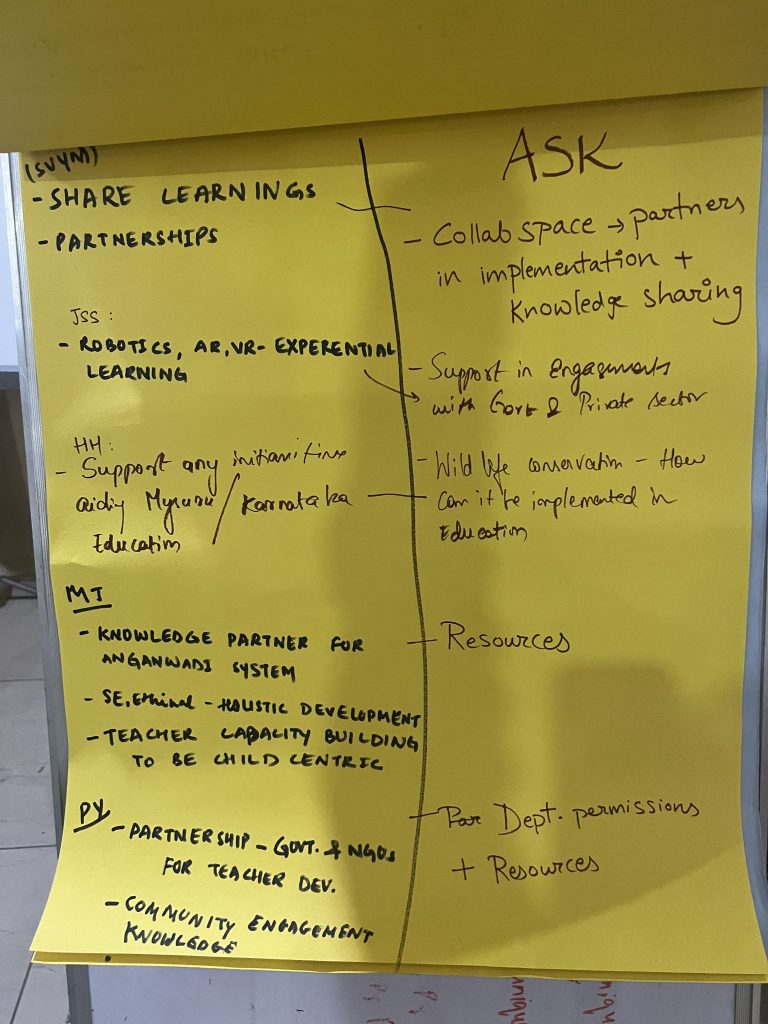

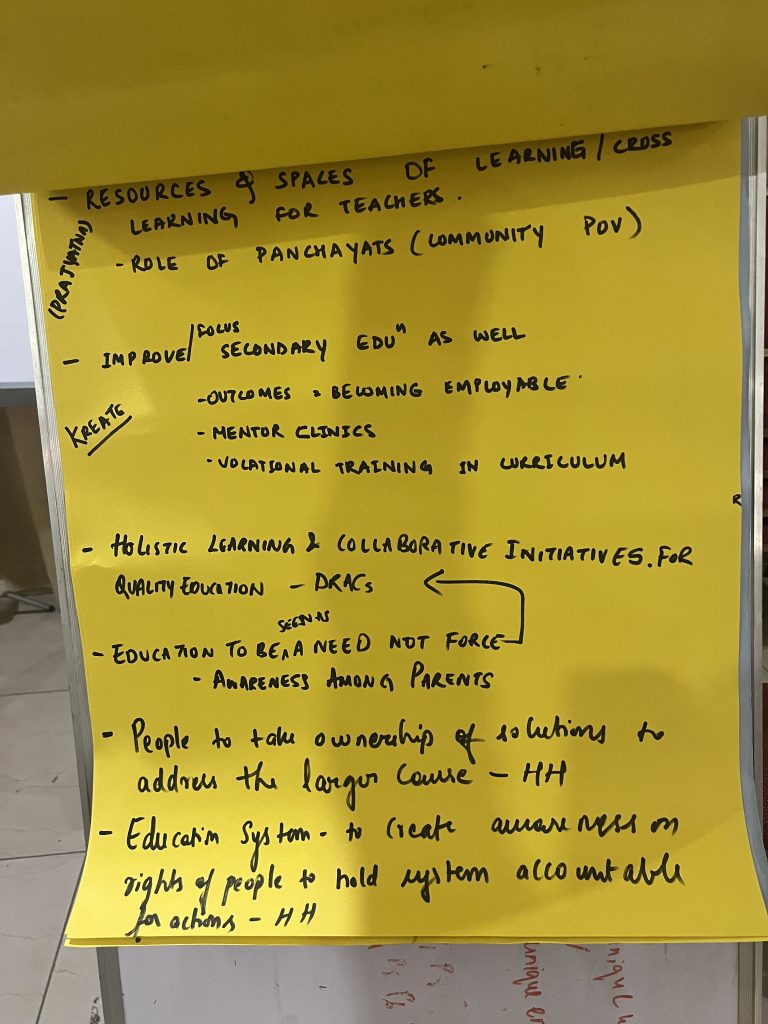
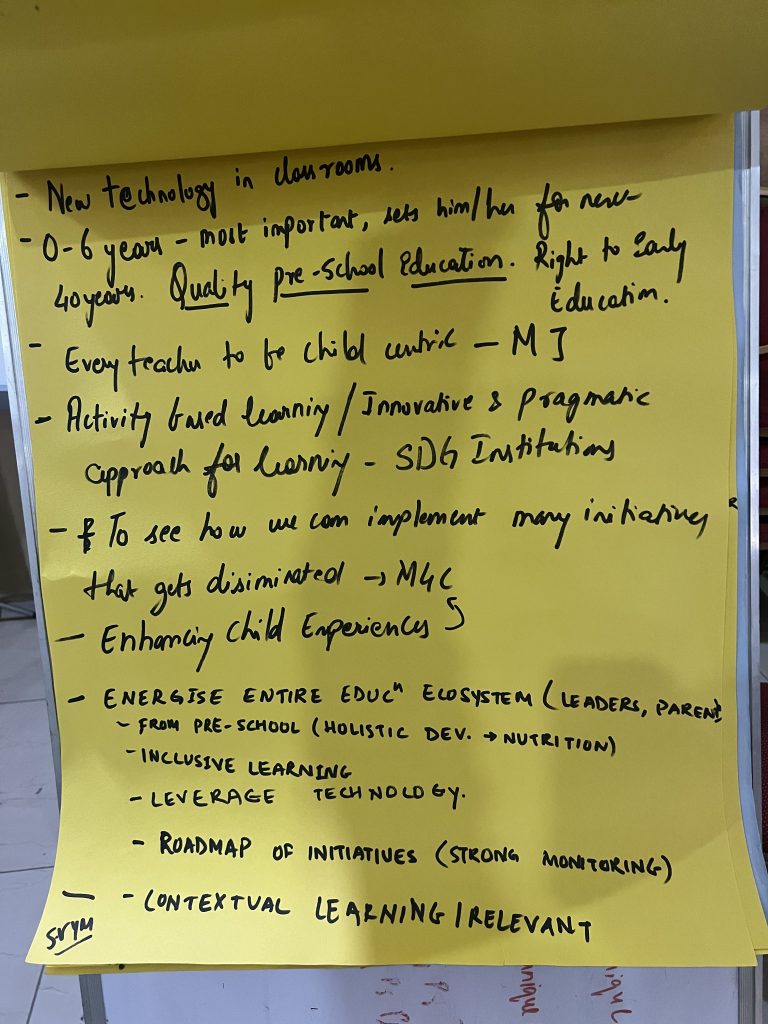
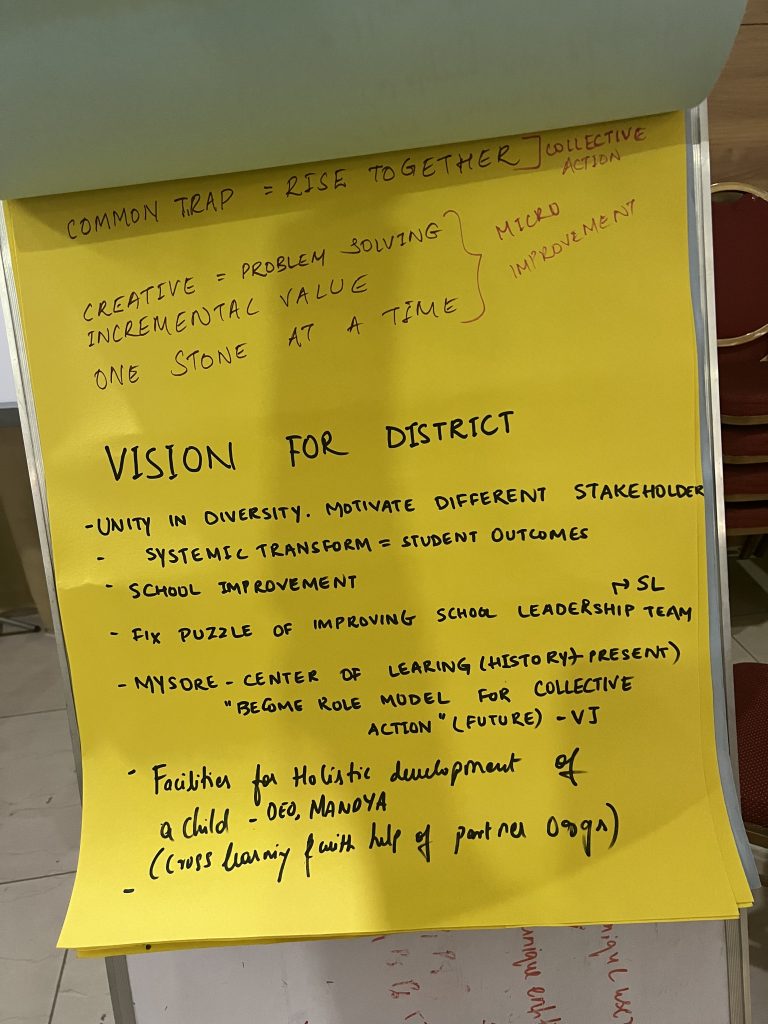
0 Comments